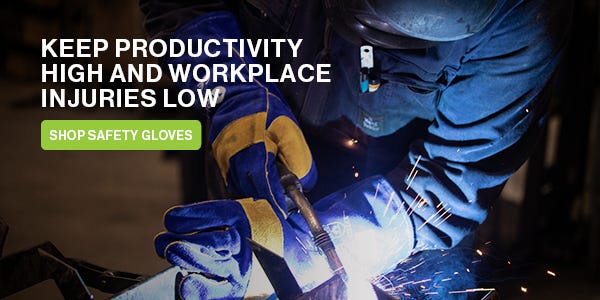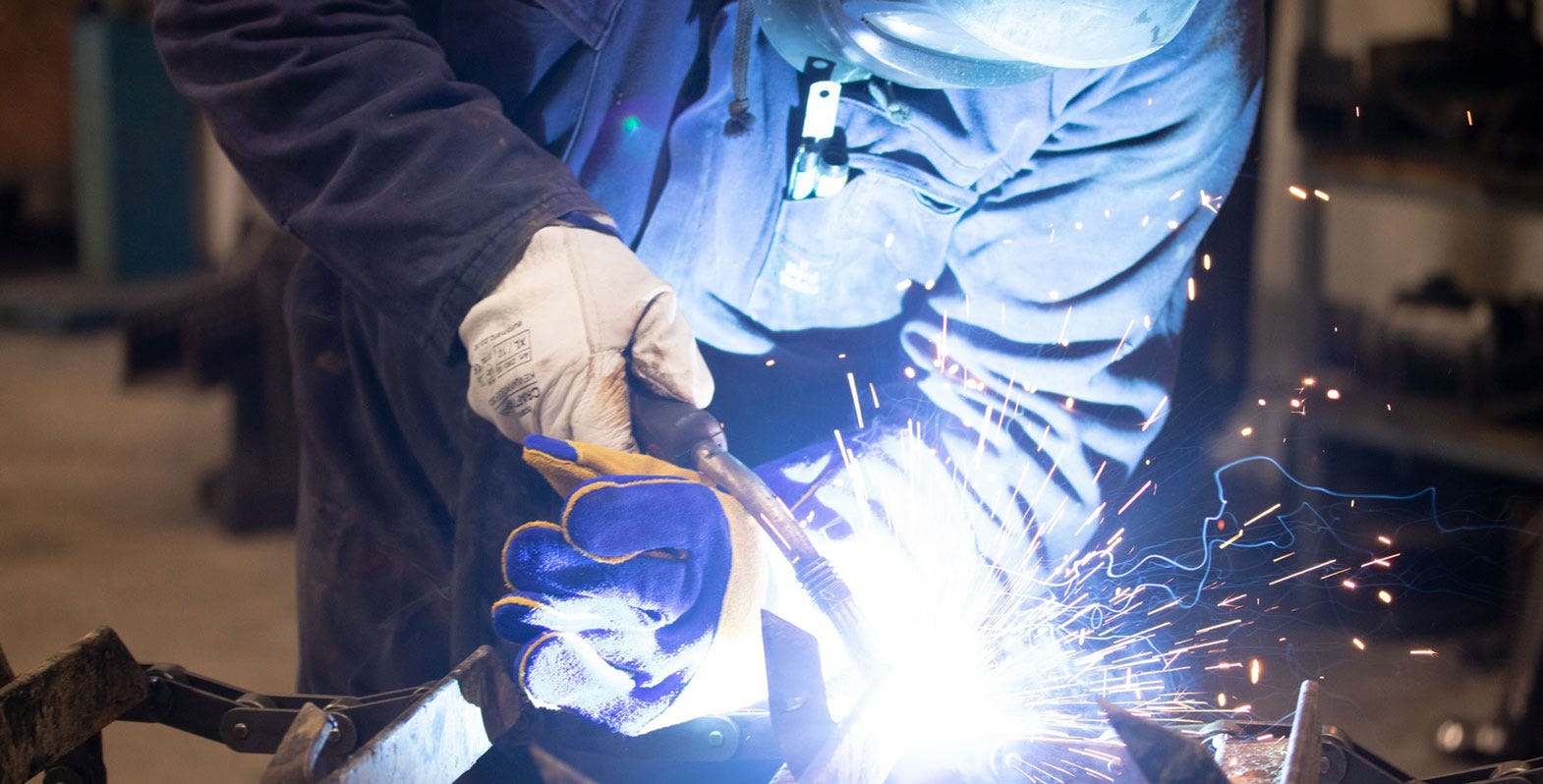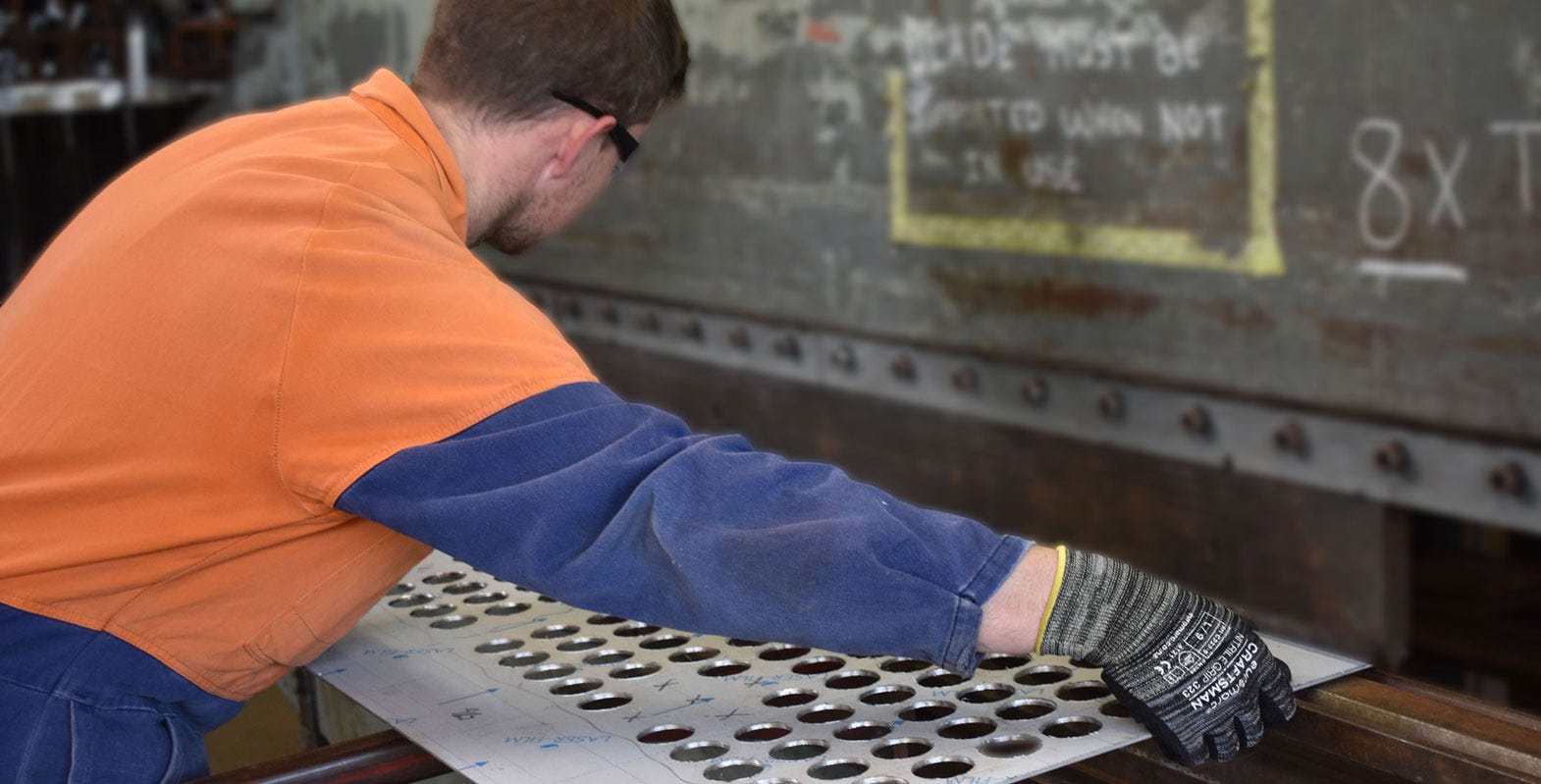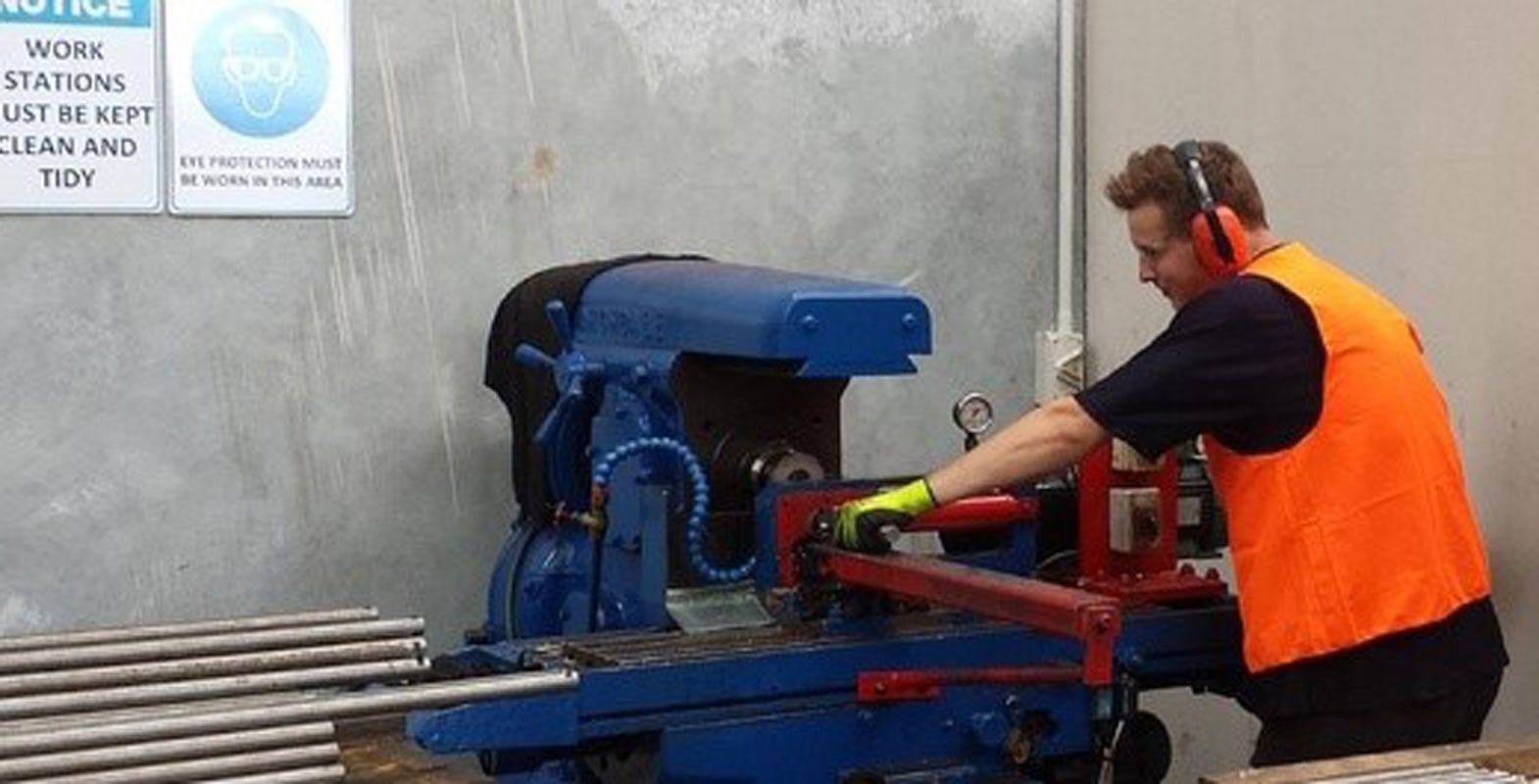Hand protection - what do the certification markings mean?
'AS/NZS 2161:2005 certified' - looks good, but what does it mean? It's easy to read and assume it means the glove has been tested and is compliant with health and safety standards. You could say it indicates it's better than gloves that don't have the certification. But what are the 'certifications', and what do they mean when it comes to hand protection?


What should I be looking for, and why?
Look for the CE mark. This means the product has met the European Union's consumer, safety and environmental requirements.
Why European?
Because they're the best! If a product displays the CE marking, it has faced some serious testing. The testing standards are so rigorous Australia & New Zealand have adopted them. AS/NZS 2161 is the same as the European standards, essentially a compilation of the EN420, EN388, EN407 and EN374 standards.
So if your gloves just have an EN standard printed on them, you can rest assured that they will also comply with the relevant parts of the AS/NZ standards as well. The reason for this is that almost all gloves sold in NZ are produced overseas and the manufacturer has developed them in accordance with the European standards.


What about the other safety markings? What do they mean?
The other markings are important too! Depending on what your gloves are being used for, these health and safety certifications indicate if they will be fit for purpose. Here's a guide to the ratings and pictograms used in the European standards:
EN420 General Requirements
This standard defines the general requirements for protective gloves in terms of construction, fitness of purpose, safety, etc. The pictogram indicates that the user has to consult the 'instructions for use'.
EN388 - Mechanical protection
Any gloves fit for the workshop should generally show this symbol. They show the gloves have been tested against mechanical risks such as those caused by abrasion, blade cuts, tears or punctures to the wearer of the glove. Gloves are tested for their resistance to each of these risks and are given a numerical rating for each. The higher the number, the better the performance of the glove. The numbers under the shield give the glove's test ratings for its mechanical protection properties of abrasion resistance, cut resistance, tear resistance and puncture resistance.
Here's how the ratings are given:




| Performance Levels | 1 | 2 | 3 | 4 | 5 |
| Abrasion resistance (the number of cycles before an abrasive breaks through the glove fabric) | 100 | 500 | 2000 | 8000 | - |
| Blade cut resistance (Coupe test index based on the number of cycles it takes a circular blade to cut through the test sample) | 1.2 | 2.5 | 5.0 | 10.0 | 20.0 |
| Tear resistance (the amount of force, in newtons, required to tear the sample) | 10 | 25 | 50 | 75 | |
| Puncture resistance (the amount of force, in newtons, required to pierce the sample with a standard sized stylus) | 20 | 60 | 100 | 150 |
What's with the extra letters after the numbers?
As of the 30th November 2016, the European standards have introduced an additional test for cut resistance and one for impact resistance which are represented in the two extra letters.
The first letter indicates the result of the ISO 13997 TDM cut resistance test. This test uses a sliding blade instead of the rotating circular blade of the Coupe test. The result of the TDM test is given in Newtons (N) and the glove is assigned a cut protection class on the basis of this value. It is regarded as a more accurate guide to cut resistance in actual service and also brings the EN test methods partly into line with the US ANSI/ISEA standards.


| TDM-100 Test Ratings | ||||||
| Performance Class | A | B | C | D | E | F |
| Newtons | ≥2 | ≥5 | ≥10 | ≥15 | ≥22 | ≥30 |
The second letter (or lack of) shows the result of the impact resistance test, expressed as pass (P) or fail (no marking).
Until the new standard has been fully phased in, the existing four-digit EN 388 code remains valid for as long as the test certification of the product is current. It is important to note also that, although the EN 388 standard has been adopted outside of the EU, including New Zealand and Australia, these recent changes only apply within the EU until the new standard has been formally adopted by other countries.
But wait! There's more...
More tests and markings are required for gloves with specialist requirements like heat or chemical resistance. Here's a few that could be relevant to metal fabrication:
EN407 - Heat Protection
Can your gloves handle the heat? If they show the heat protection marking then they have been made and tested for heat resistance. As you can see below, bigger the numbers, the better their heat resistance.


| Performance Levels | 1 | 2 | 3 | 4 |
| A. Resistance to flammability (after flame and after glove time) | <20 secs no requirement |
<10 secs <25 secs |
<3 secs <25 secs |
<2 secs <5 secs |
| B. Resistance to contact heat (contact temperature and threshold time) | 100ºC <15 secs |
250ºC <15 secs |
350ºC <15 secs |
500ºC <15 secs |
| C. Resistance to convective heat (heat transfer delay) | >4 secs | >7 secs | >10 secs | >18 secs |
| D. Resistance to radiant heat (heat transfer delay) | >7 secs | >20 secs | >50 secs | >95 secs |
| E. Resistance to small splashes of molten metal (number drops) | >10 | >15 | >25 | >35 |
| F. Resistance to large splashes of molten metal (mass) | 30g | 60g | 120g | 200g |
EN374 Chemical Protection


| Breakthrough time > 30 minutes for at least three chemicals from this list (XYZ represent the code letters for three of these chemicals for which the glove obtained > 30 minutes breakthrough time). | A. Methanol B. Acetone C. Acetonitrile D. Dichloromethane E. Carbon disulphide F. Toluene |
G. Diethylamine H. Tetrahydrofurane I. Ethyl acetate J. n-Heptane K. Sodium hydroxide 40% L. Sulphuric acid 96% |
|||||
| Performance Levels | 0 | 1 | 2 | 3 | 4 | 5 | 6 |
| Minutes | <10 | 10 | 30 | 60 | 120 | 240 | >480 |
Chemical resistance against chemicals of choice (AQL <4)
This pictogram can be used in the case of gloves that do not meet the above requirement and have an AQL of two or lower.


Impact Cut
Protection from Impact Cut is tested for by dropping a metal blade weighing 1050g onto the glove from a height of 150mm. Performance for this test is rated as either Pass or Fail.


How are gloves categorised?
The European standrds system places gloves in one of three categories as set out below depending on the type and risk/danger the gloves need to protect against
Category 1
This is for protective gloves for minimal risk use such as household cleaning, gardening or protection against heat not exceeding 50°C.
Category 2
These are basically gloves designed to protect against risk classified as more than minimal, but isn't irriversible either. Generally these gloves are for general handling required to protect against punctures and abrasion according to EN 388. Gloves go through independent testing and certification by a Notified Body, who then issues a CE marking showing their protective capacities. Only these approved bodies may issue a CE mark, without which the gloves may not be sold in the EU.
Category 3
This category is for gloves that need to protect against some serious risks! We're talking irreversible or mortal risks. If you work with highly corrosive acids like pickling paste, you should be using gloves in this category. Gloves in this category must also be independently tested and certified by a Notified Body (approved by the EU commission).
Do Euromarc's range of gloves meet European standards?
Yes! Safety's important, and we only stock gloves that perform to European standrards.
If you're unsure which gloves will perform best for your job, give us a call or use our instant messenger and we'll work it out!
 Need assistance?
Need assistance?







